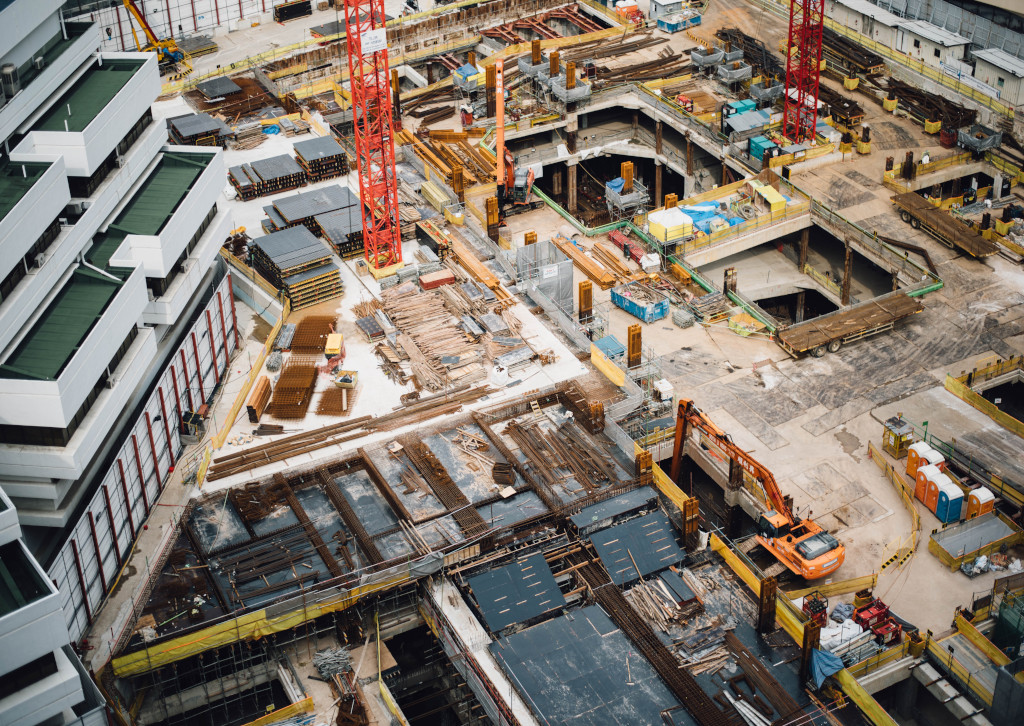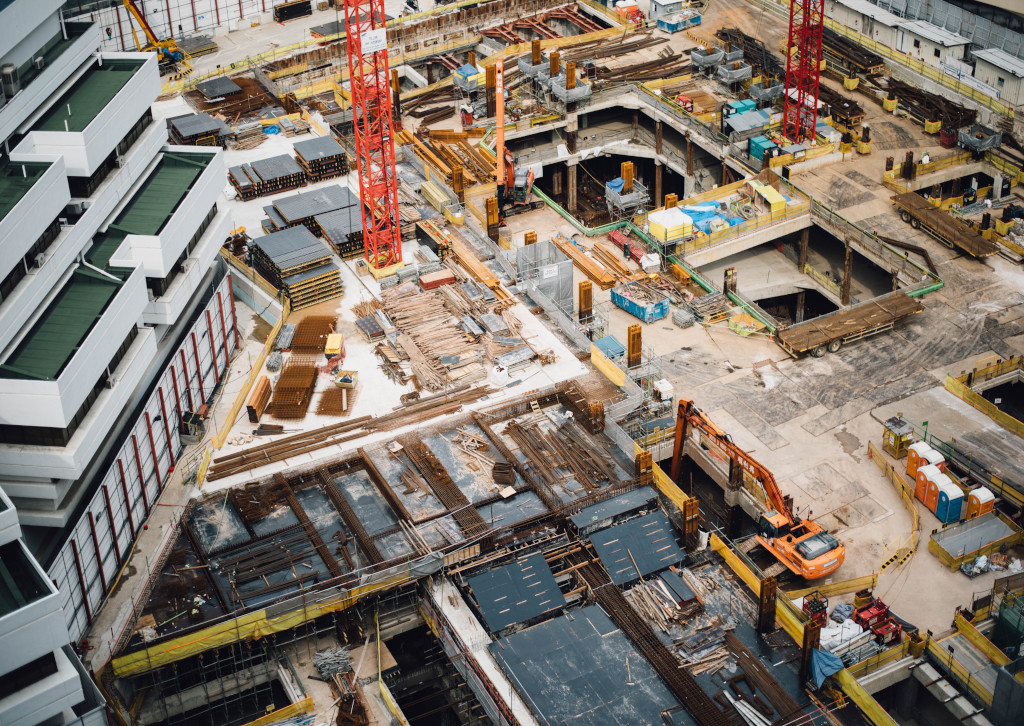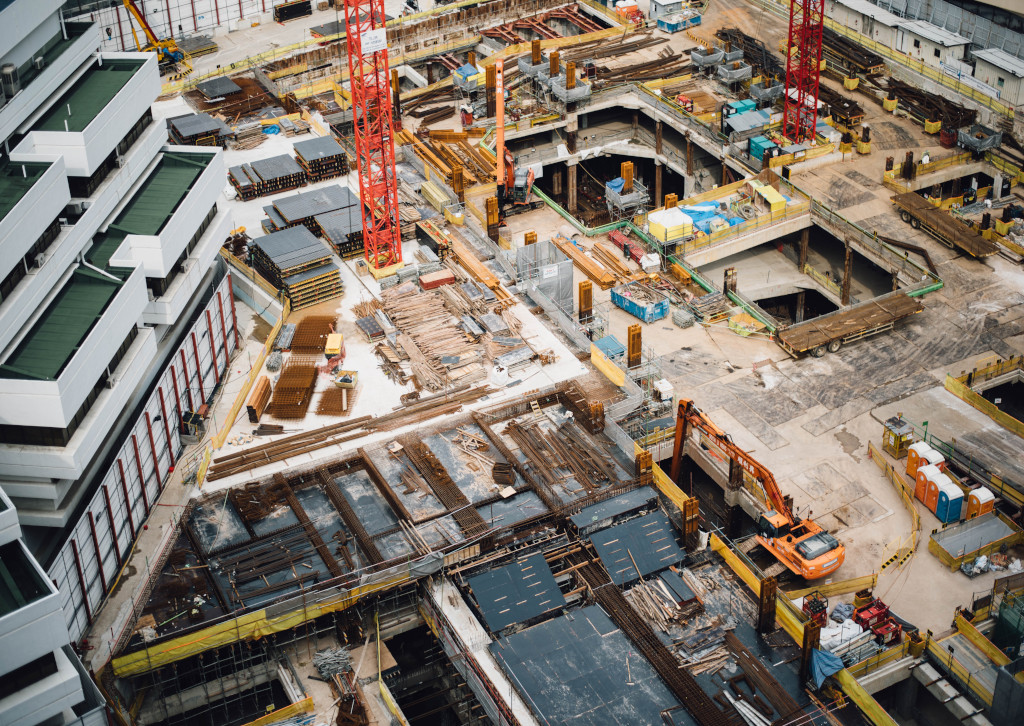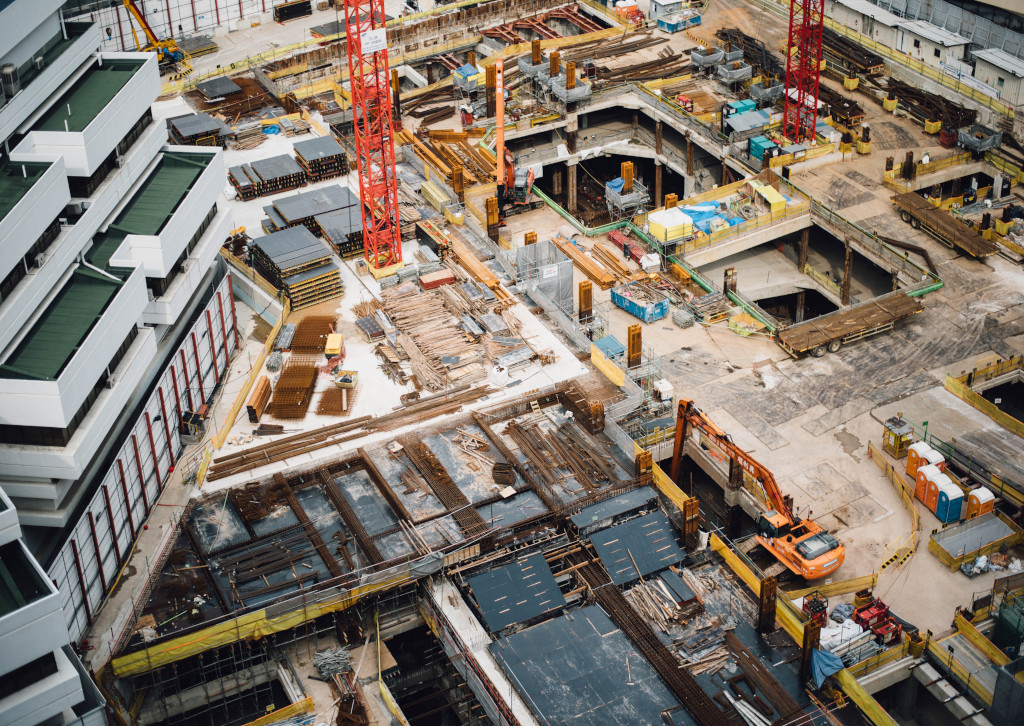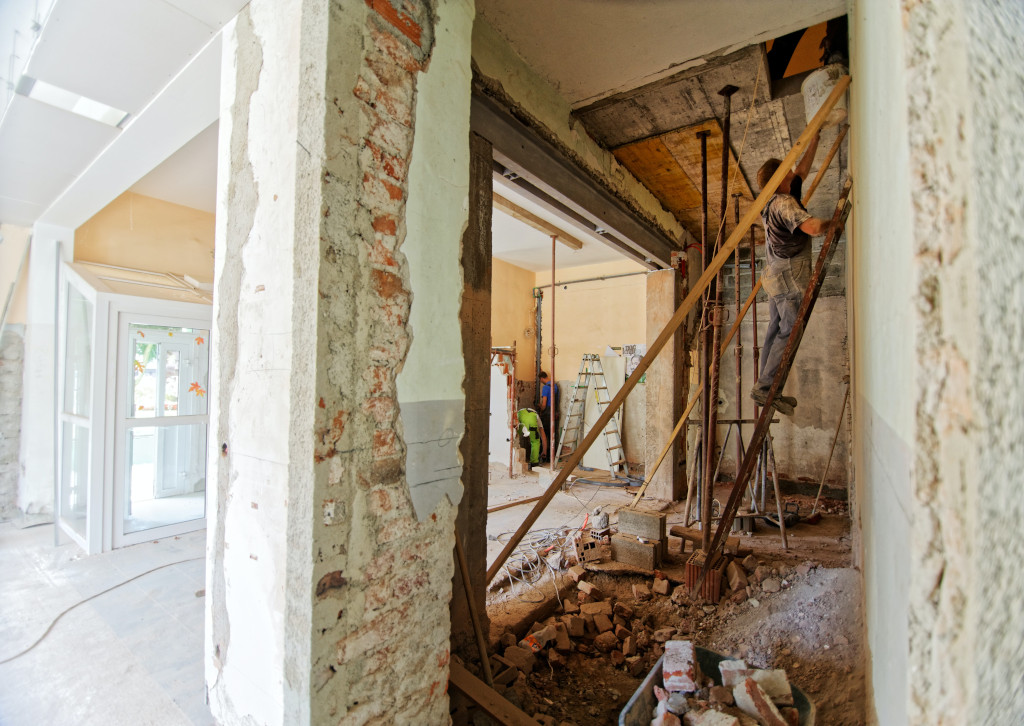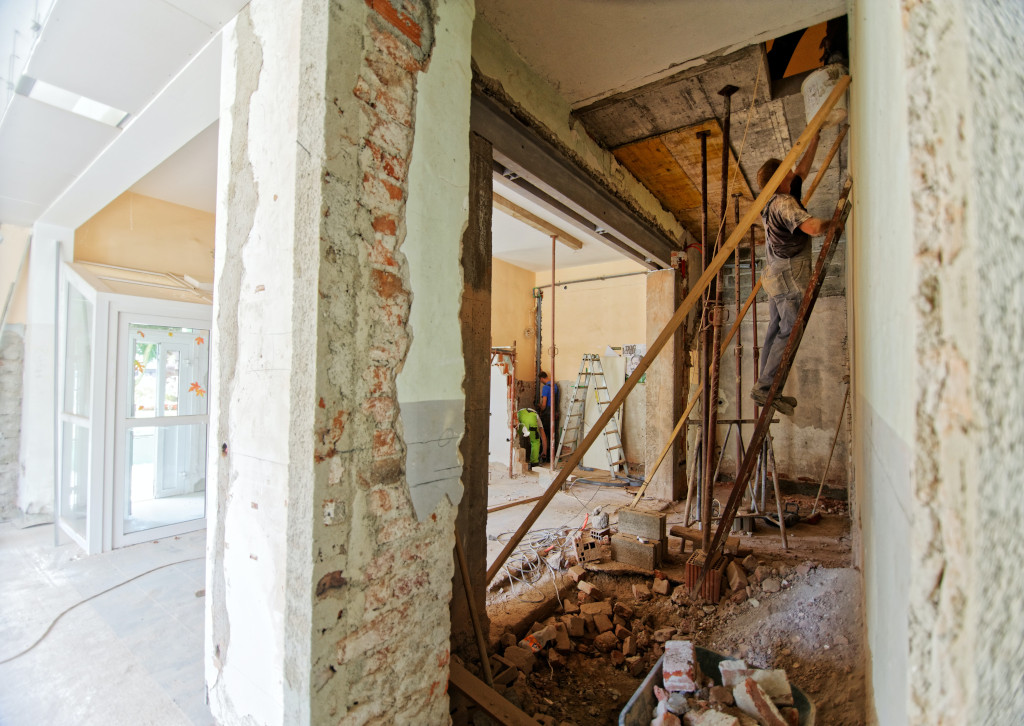
Still looking for the proverbial easy button to fill your talent pipeline? We hate to break it to you: there isn’t one.
“If you’re in this industry and not being the biggest promoter of it, you’re part of the problem,” says Benjamin Holmgren, president of Buildwitt Jobs. “You’re not going to solve it for the industry. Solve it for you.”
Holmgren was joined by Natasha Sherwood, executive director of the Independent Electrical Contractors Florida West Coast Chapter, and Steve Cona III, president and CEO of the Associated Builders and Contractors Florida Gulf Coast Chapter, in a recent panel discussion led by Autumn Sullivan, director of marketing and experience for Mobilization Funding.
The panel explored the issue of why skilled trade workers are leaving the industry, the impact of culture on recruitment and retention, and what companies can do to increase their talent pipeline.
Recruiting and retaining the next generation
So, can everyone stop blaming millennials already? Continuing to drone on about how millennials lack worth ethic is so 2010. Older millennials, those born in the 1980s, are established and in positions of power in their careers. Where the industry needs to focus its attention is Gen Z and Gen Alpha.
“I don’t believe it’s so much a labor shortage, as a shortage of leaders who know how to lead the next generation,” said Holmgren. “Kids my age want to have a mission to get behind. They want to have a vision. They want to be led, trained and developed.”
The companies that have solved this understand this workforce development crisis is not about millennials. “Taking ownership of solving this for your company is the elixir,” said Holmgren.
Shop class makes its comeback
Getting in front of Gen Z and Gen Alpha starts in school. Trade education in middle school and high school was nearly extinct but is slowly making a comeback. Until there is wider support for the curriculum at a state and district level, getting involved at an individual level is critical.
Construction companies can help through apprenticeships and mentor programs. Contractors involved in mentorship see better hiring success because they already have name recognition with students, panelists said.
“The greatest benefit to our industry would be a solid pipeline out of high school and into the trades,” said Cona. “It has to be a statewide effort in our educational system to promote opportunities in all occupations that don’t necessarily require a four-year degree. The average age of our apprentice is 26-27 years old, and we have to get that lower to 21-22 years old. It can’t be an afterthought.”
Outside of local efforts, Holmgren suggests meeting the younger generation where they are online.
“It’s one thing to put on a trade show or job fair, but what about Instagram? TikTok? One thing you can start doing today is using social media to tell the story of your business and show people what it’s really like to work in your industry. It’s not that you have to make it look cool; the trades are already cool. Come join us – that’s what we need to be telling people.”
Work culture in construction
Taking ownership of the construction recruitment and retention problem also means taking a hard look at company culture. For better or worse, every company has a culture. How that culture has evolved depends on how it is emulated and nurtured daily.
Work culture has been cited as a major factor in many skilled-trade veterans leaving their employer or the industry entirely. While culture is a hot topic in the construction industry, and often framed as something only young people are pushing for, it has a significant impact on retention across the board.
“You can tell that no matter the age of the employee, they are all looking for a culture that has a family atmosphere, opportunities for advancement, flexible hours and good benefits,” said Sherwood. “I just helped a fourth-year apprentice graduate who had an opportunity to go anywhere. He took a job at a company that paid $2 less an hour because it was a good fit. There’s that level of appreciation that is sometimes more important than the dollar bottom line.”
lternative talent pipelines
Beyond young people, there are many other viable talent pools and untapped markets to help fill the skilled-worker pipeline. Correctional institutions, foster care systems and the military are just a few options.
“We’re looking for all sorts of avenues to fill that pipeline, and one of those is folks coming out of corrections,” said Cona. “We’re getting asked by state leaders and politicians to work with them to help develop skills while people are still incarcerated. So whenever they get out, they can get plugged back into society. If you can give people opportunities and jobs when they get out of being incarcerated, their chances of going back are very slim.”
“The military does a great job recruiting kids, with ROTC officers and billboard campaigns,” said Sullivan. “The trades need to be seen as a viable option. You can feed your family, you can travel around the country – there’s a lot of opportunity depending on where you want to go with it.”
Continuing education for retention
While there are required continuing education credits in the construction industry, employers should also consider training that provides employees with a path toward a goal they value, such as moving from apprentice to superintendent.
“In this day and age in this economy, you have to invest in training your workforce. There are no unemployed electricians and plumbers sitting on the sideline,” said Cona. “You have to build your pipeline by investing in people who might not necessarily have the skills that you need at that time. Invest in your employees, train them, put them in apprenticeship programs and maintain it through their lifecycle as an employee.”
An engaged employee is someone who stays with you.
Changing the narrative
While the narrative that construction is a dead-end job is a systemic problem, individual companies can start making strides today to reframe the conversation and illuminate the opportunities.
“This country was built because people learned skills, created things and built things. No one can say this country was built because people went to college. That’s what we need to continue to push,” said Cona. “As parents, as an industry, we need to be better at pushing the narrative that this is a viable option.”
“Don’t people get tired of talking about finding good help?” adds Holmgren. “We know you can’t find good help. Do something.”
“I’m not interested in solving the industry’s labor-shortage challenge, but if there is one person who can take something from this and it lights a spark and they can solve it for them, that’s a win.”
Watch the full webinar here.
Did you miss our previous article…
https://www.3555pacific.com/?p=98

